In the Bible, Jacob cries, Joseph cries, David cries. God says to a repentant Hezekiah, "I have heard your prayer, I have seen your tears" (Isaiah 38:4).
Repeatedly in the Bible, figures of great strength, figures of faith, pour out their souls in tears. The baby Moses by the river cries, even though it seems the cry was silent -- for Pharaoh's daughter sees and does not hear the child crying. Each year on Yom Kippur, the High Priest, conscious of the burden he carried, would cry on behalf of the people. In the Midrash, rabbinic stories and interpretations of the Torah, even God weeps. Following the destruction of the Temple, in one particularly striking rabbinic story, God rebukes Jeremiah for the prophet, with all his virtues, does not know how to cry.
But where are our cries? Our services are often antiseptic, safe and calm. We smile and sing. We dress in fancy clothes and ensure that we are as presentable as possible. The day that our souls are bared our bodies are extravagantly attired. Composed and calm, ours is a dry-eyed faith. Still, somewhere, in community or alone, the repentant heart must cry.
On Yom Kippur in traditional synagogues people would weep. They would beat their chests as tears streamed down their faces. The fullness of feeling overflowed in tears.
For many to display genuine feeling in public is an embarrassment. While witnessing a constant extravagant display, in reality and talk shows, of people parading their feelings for fame or money, when we reach toward God during the holidays we feel as though we should be careful, "appropriate."
Yet Yom Kippur each year brings us the reminder not only of who will live and who will die, but who has lived and who has died. Each year I look out upon the congregation and see absences. This person is gone. I remember funerals, grief, the sudden inexplicable reality that someone who was present and loved is no longer here. And I wonder if the family will feel free to cry out to God, or will they feel constrained?
Not to cry is in some sense to miss the depth of feeling and prayer the day demands. We need to cry. In the "Inferno" Dante made being unable to cry one of the tortures of the damned. And deep in Jewish tradition is the sadness of Rachel: "A cry is heard on the heights, wailing and bitter tears. Rachel is weeping for her children. She refuses to be comforted for her children who are no more" (Jeremiah 31:15). Rachel's tears were a promise and a comfort for generations of Jews in exile. A mother's tears for her displaced children were the assurance of not being forgotten.
Prayers can be powerful, but there is a special palace, says Tikkune Zohar, that opens only to tears. They unlock something inside us and in the world. From the moment our first cry is coaxed as infants, we acknowledge the power of tears to open gates and hearts.
One day, Isaiah promises, "My Lord God shall wipe the tears from all faces" (25:8). But until that blessed day comes, let us not forget how to cry.